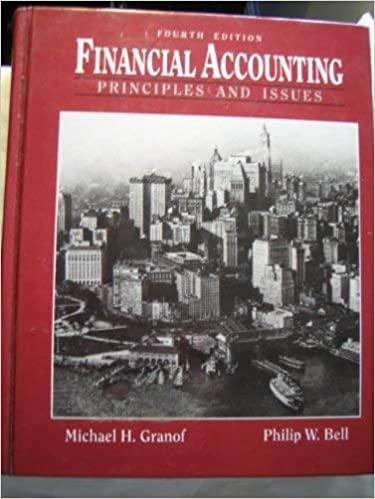

Bob Jensen Inc. purchased a $610,000 machine to manufacture specialty taps for electrical equipment. Jensen expects to sell all it can manufacture in the next 10 years. To encourage capital investments, the government has exempted taxes on profits from new investments. This legislation is to be in effect for the foreseeable future. The machine is expected to have a 10-year useful life with no salvage value. Jensen uses straight-line depreciation. Jensen uses a 9% discount rate in evaluating capital investments, the investment is subject to taxes, and the projected pretax operating cash inflows are as follows: Year BUCOWN Pretax Cash Inflow $ 56,000 78,000 112,000 188,000 221,000 276,000 262,000 222,000 109,000 73,000 Jensen has been paying 25% for combined federal, state, and local income taxes, a rate that is not expected to change during the period of this investment. The firm uses MACRS depreciation. The asset qualifies as a 5-year property. (Use Exhibit 12.4) Required: Compute the following for the proposed investment: 1. Its payback period in years) under the assumption that the cash inflows occur evenly throughout the year. (Do not round intermediate calculations. Round your final answer to 1 decimal place.) 2. Its accounting (book) rate of return based on (a) the initial investment, and (b) an average investment (calculated here as a simple average of the 10 average annual book values; for each year, the average book value is the sum of the beginning-of-year and end-of- year book value, divided by two; note: the average book value for each of the last four years is $0). (Round your final answers to 1 decimal place.) 3. Its estimated net present value (NPV). Use the built-in NPV function in Excel. (Round your final answer to nearest whole dollar amount.) 4. Its internal rate of return (IRR). Use the built-in IRR function in Excel. (Round your final answer to 1 decimal place.) 5. Its modified internal rate of return (MIRR). (Round your answer to 1 decimal place.) (In conjunction with this question, you might want to consult either of the following two references: MIRR Function and/or IRR in Excel.) 1. years 2a. 2b. 3. Payback period ARR based on initial investment ARR based on average investment Net present value (NPV) Internal rate of return (IRR) Modified internal rate of return (MIRR) 4. 5. Bob Jensen Inc. purchased a $610,000 machine to manufacture specialty taps for electrical equipment. Jensen expects to sell all it can manufacture in the next 10 years. To encourage capital investments, the government has exempted taxes on profits from new investments. This legislation is to be in effect for the foreseeable future. The machine is expected to have a 10-year useful life with no salvage value. Jensen uses straight-line depreciation. Jensen uses a 9% discount rate in evaluating capital investments, the investment is subject to taxes, and the projected pretax operating cash inflows are as follows: Year BUCOWN Pretax Cash Inflow $ 56,000 78,000 112,000 188,000 221,000 276,000 262,000 222,000 109,000 73,000 Jensen has been paying 25% for combined federal, state, and local income taxes, a rate that is not expected to change during the period of this investment. The firm uses MACRS depreciation. The asset qualifies as a 5-year property. (Use Exhibit 12.4) Required: Compute the following for the proposed investment: 1. Its payback period in years) under the assumption that the cash inflows occur evenly throughout the year. (Do not round intermediate calculations. Round your final answer to 1 decimal place.) 2. Its accounting (book) rate of return based on (a) the initial investment, and (b) an average investment (calculated here as a simple average of the 10 average annual book values; for each year, the average book value is the sum of the beginning-of-year and end-of- year book value, divided by two; note: the average book value for each of the last four years is $0). (Round your final answers to 1 decimal place.) 3. Its estimated net present value (NPV). Use the built-in NPV function in Excel. (Round your final answer to nearest whole dollar amount.) 4. Its internal rate of return (IRR). Use the built-in IRR function in Excel. (Round your final answer to 1 decimal place.) 5. Its modified internal rate of return (MIRR). (Round your answer to 1 decimal place.) (In conjunction with this question, you might want to consult either of the following two references: MIRR Function and/or IRR in Excel.) 1. years 2a. 2b. 3. Payback period ARR based on initial investment ARR based on average investment Net present value (NPV) Internal rate of return (IRR) Modified internal rate of return (MIRR) 4. 5








